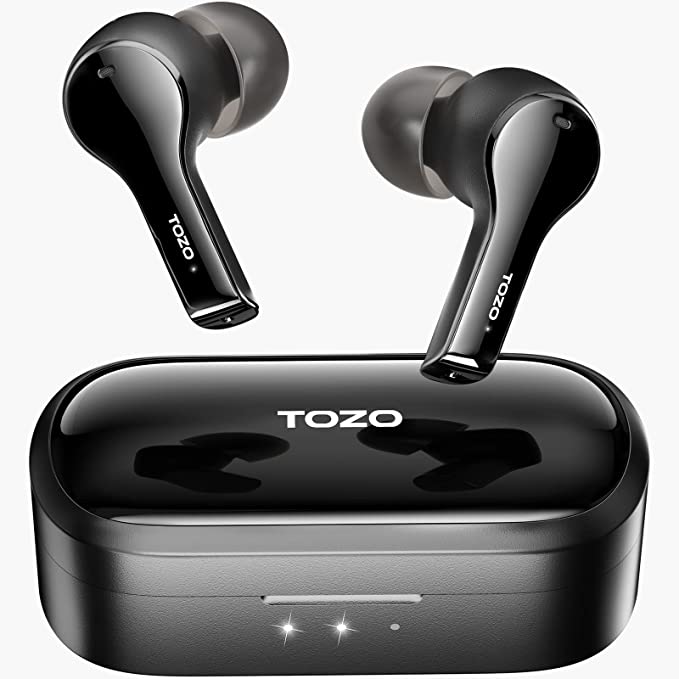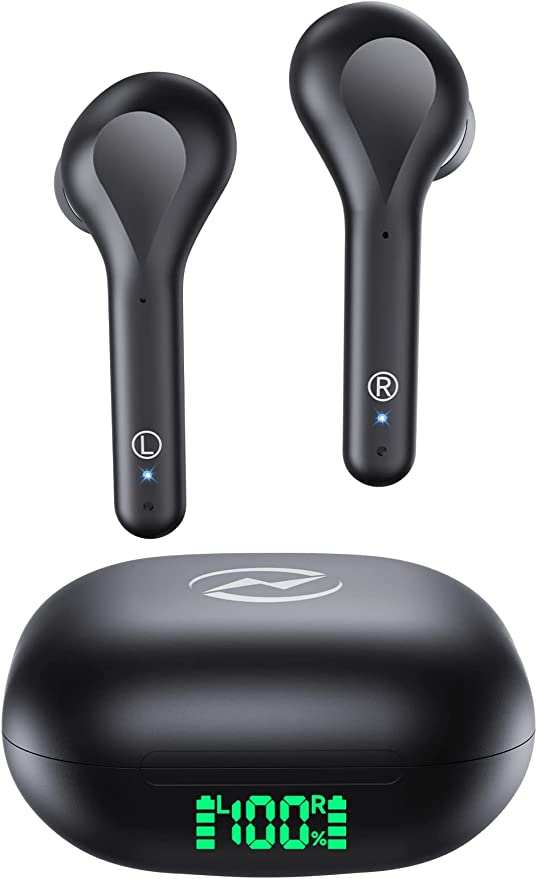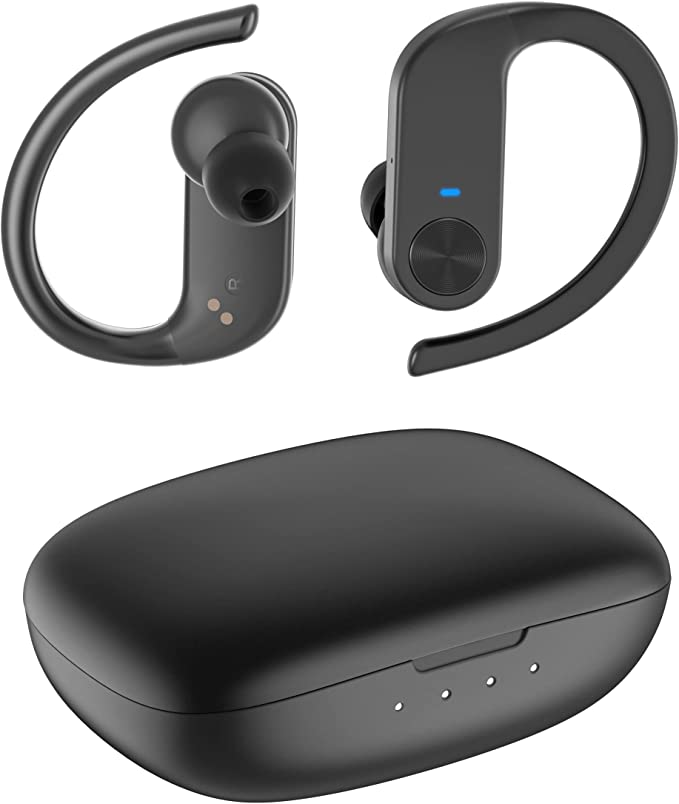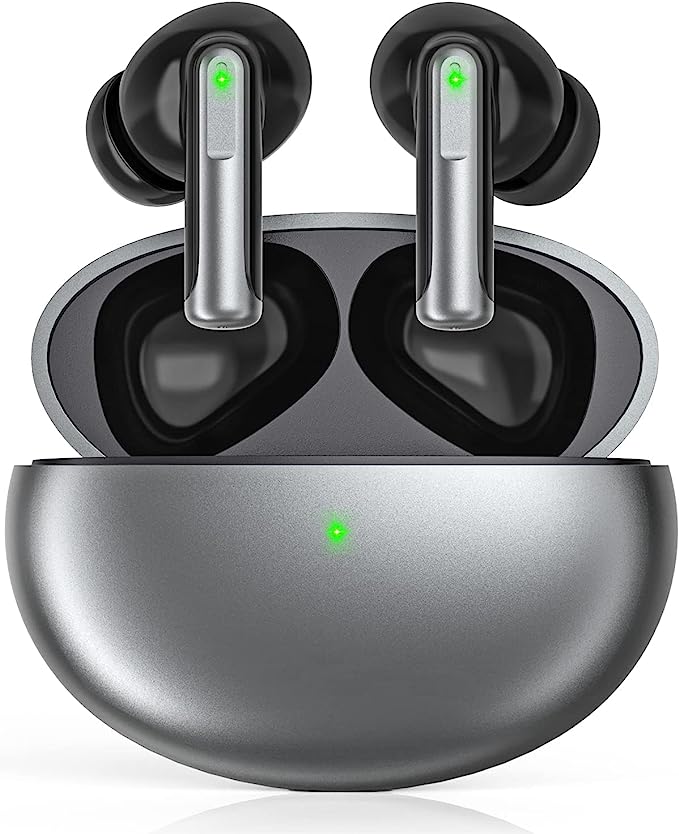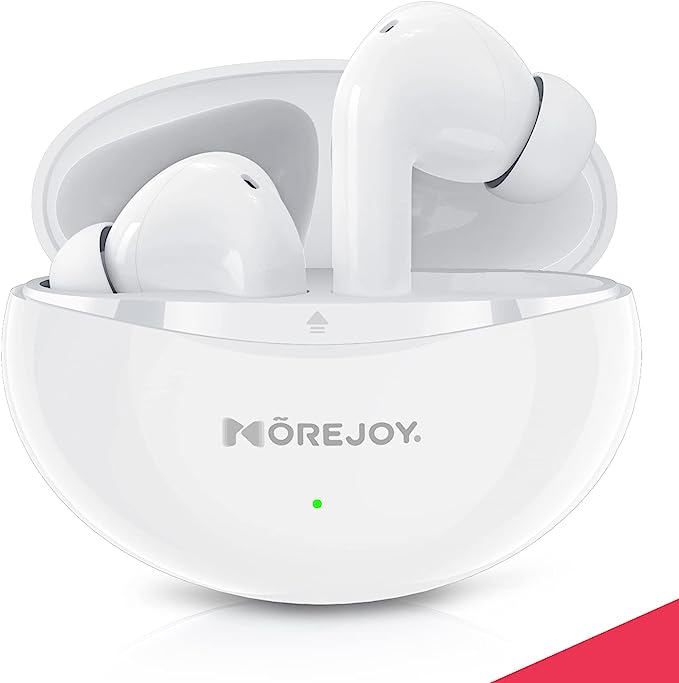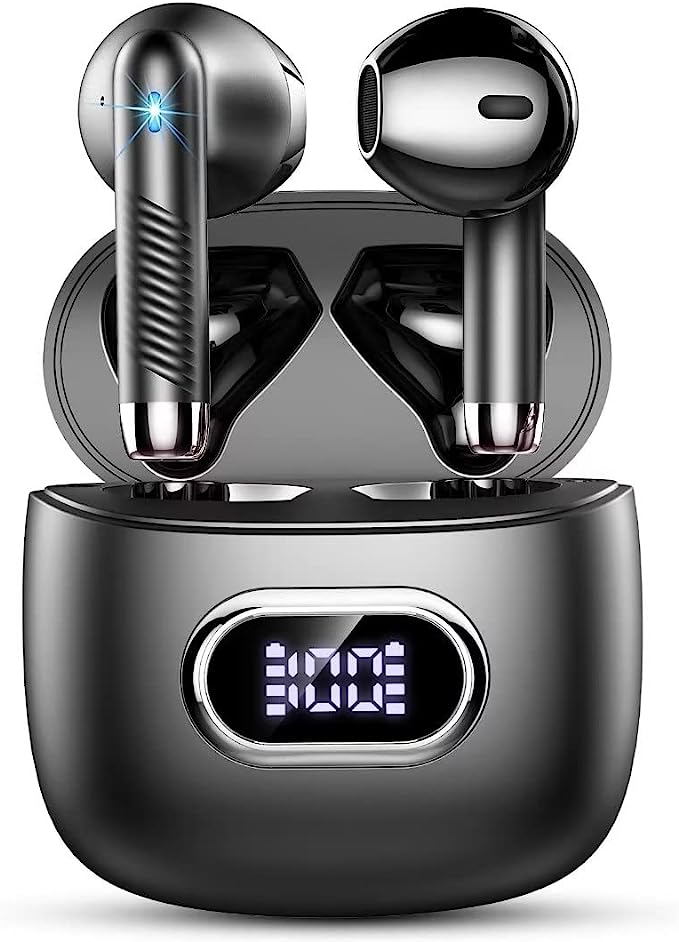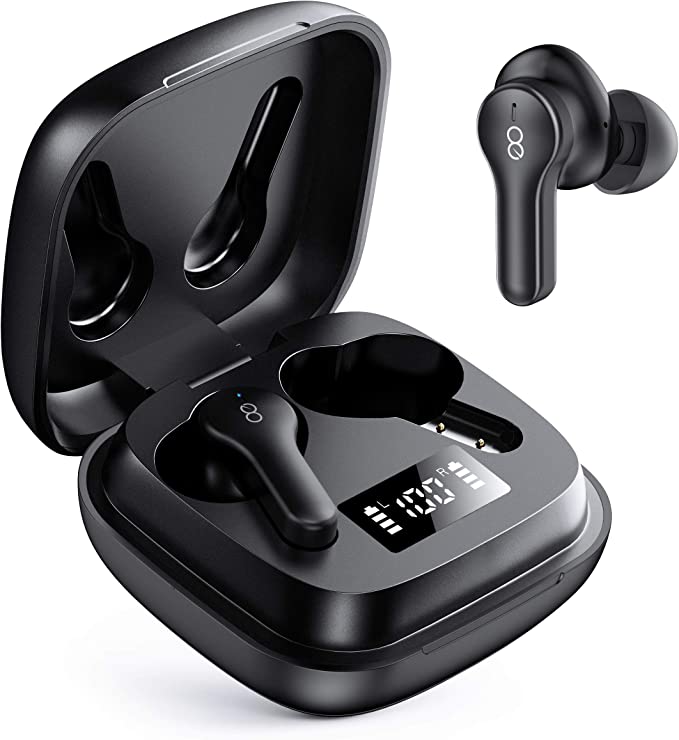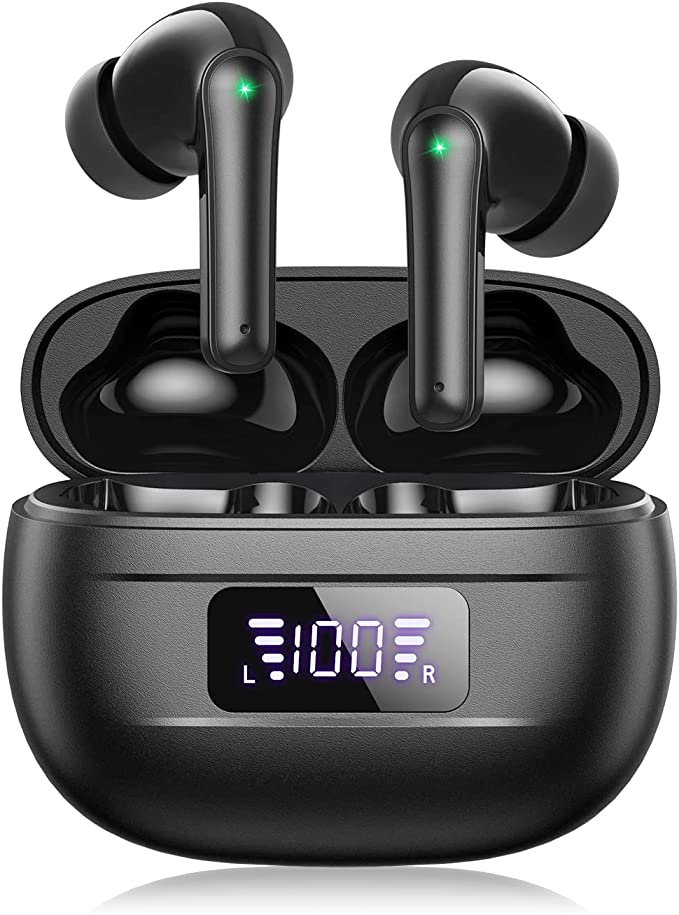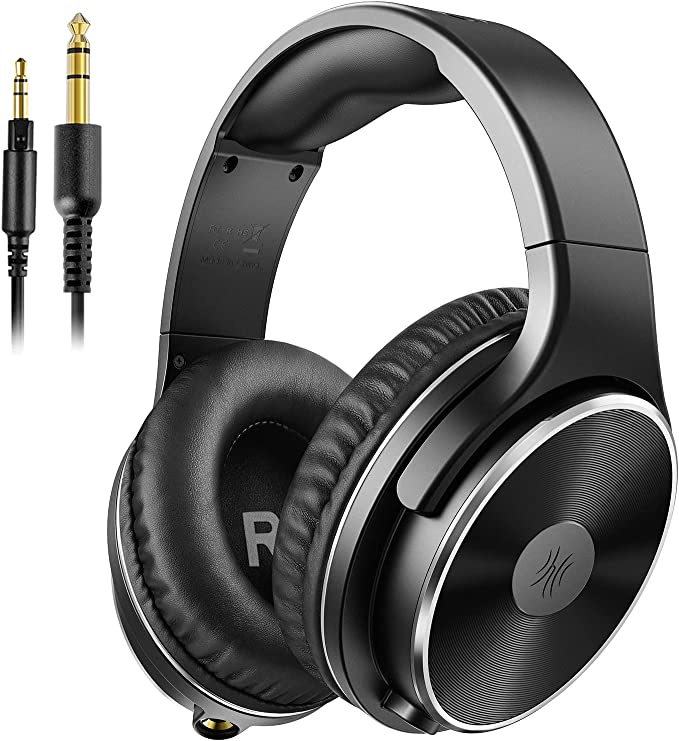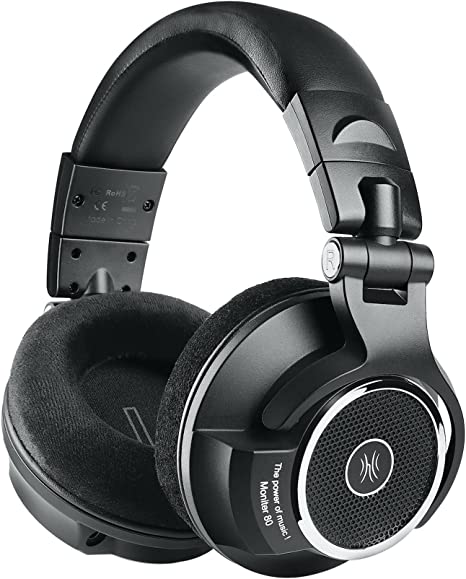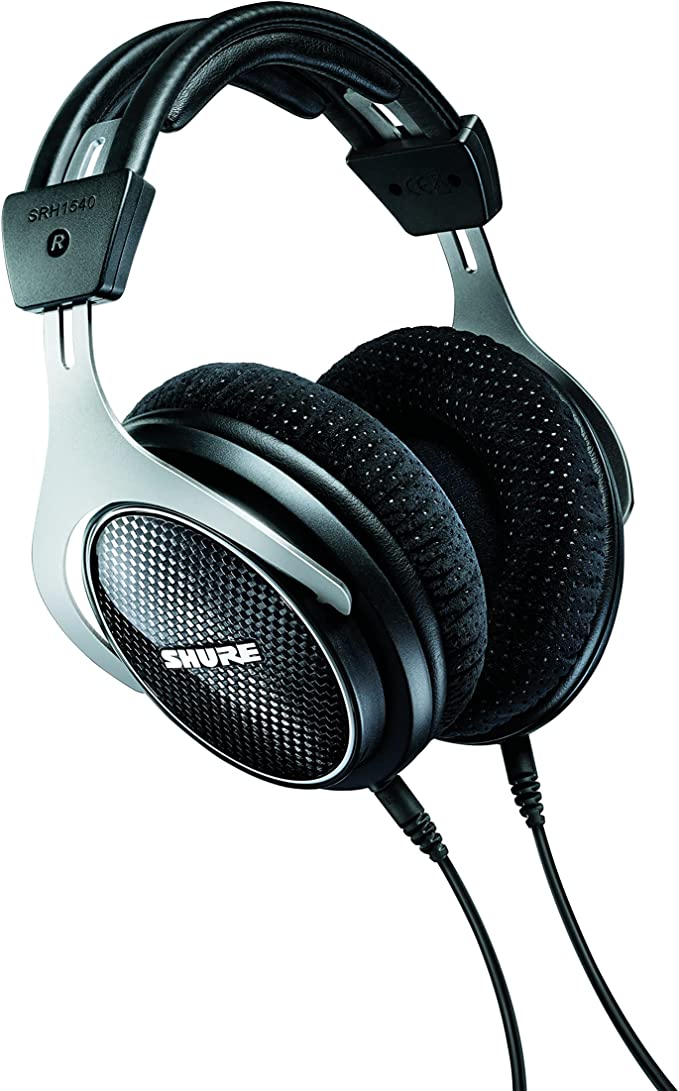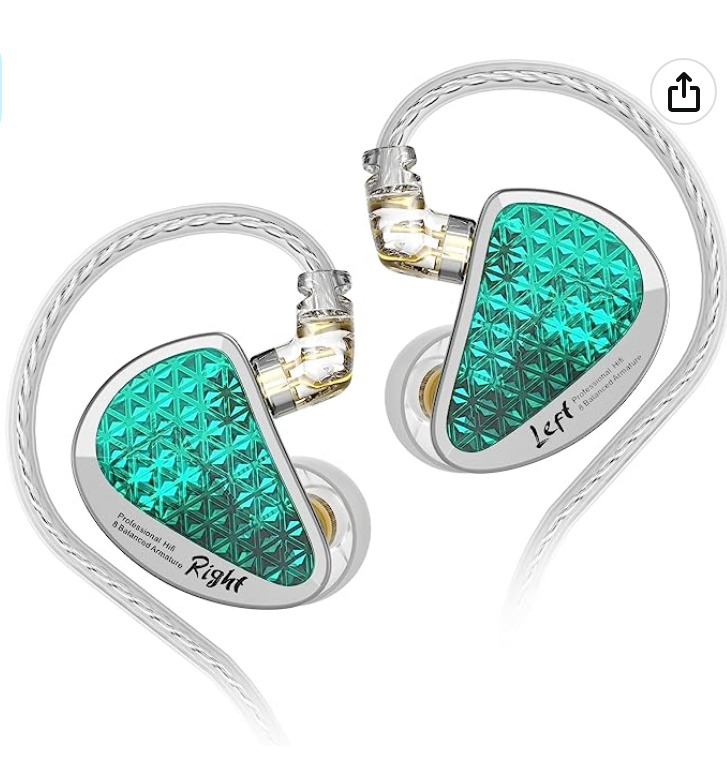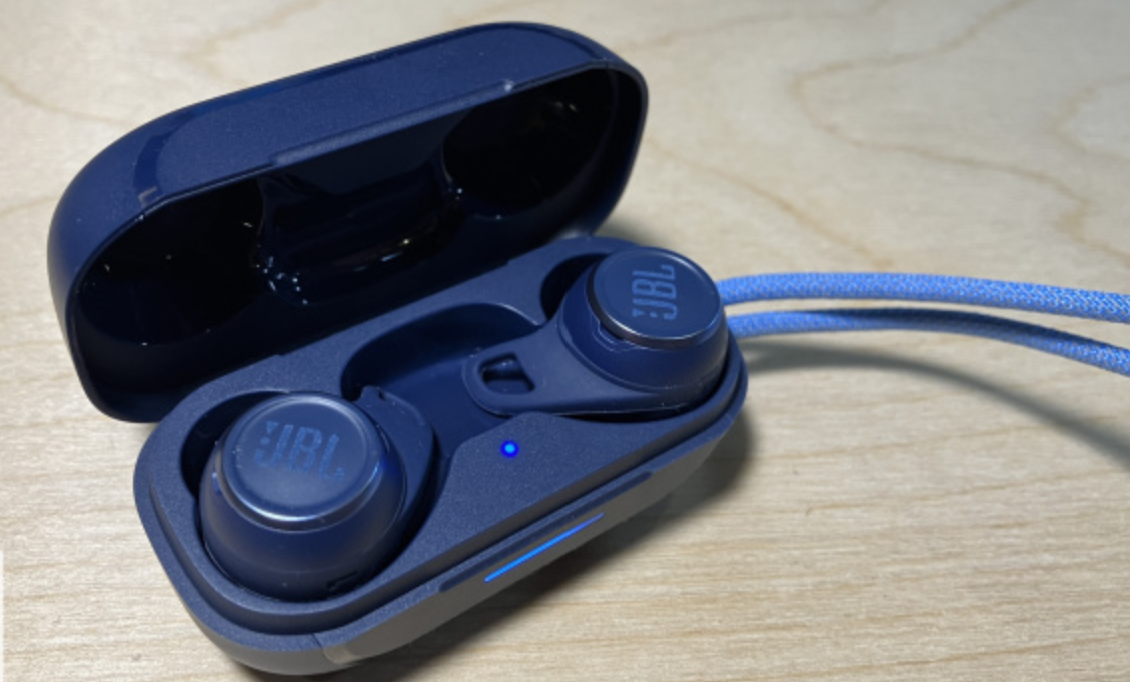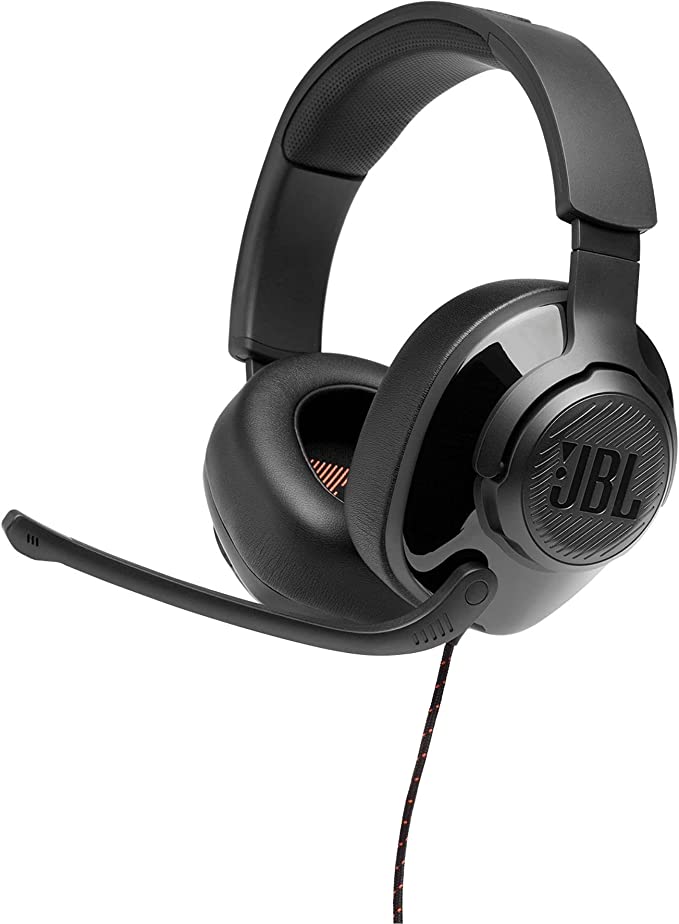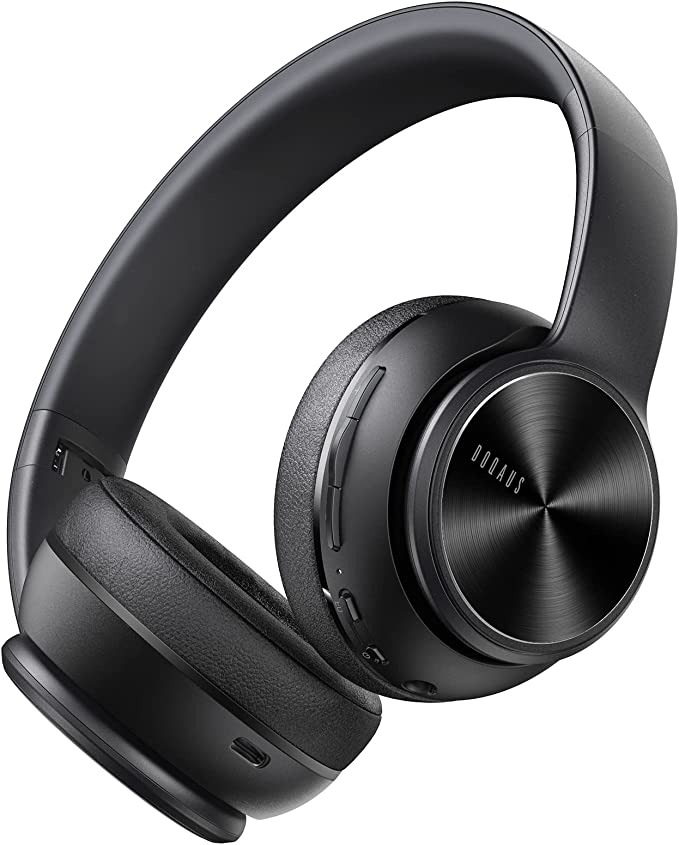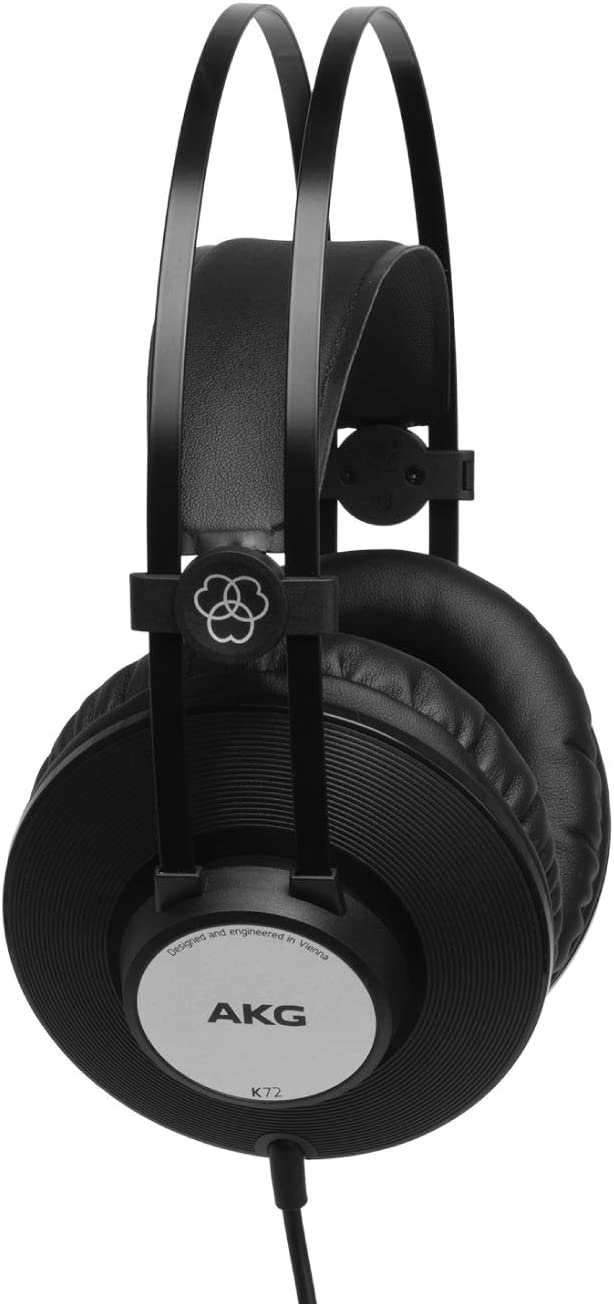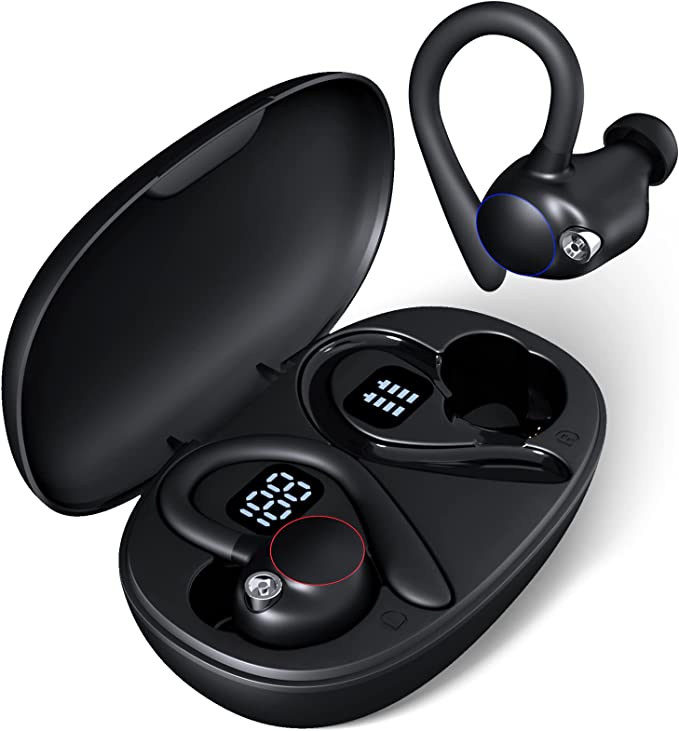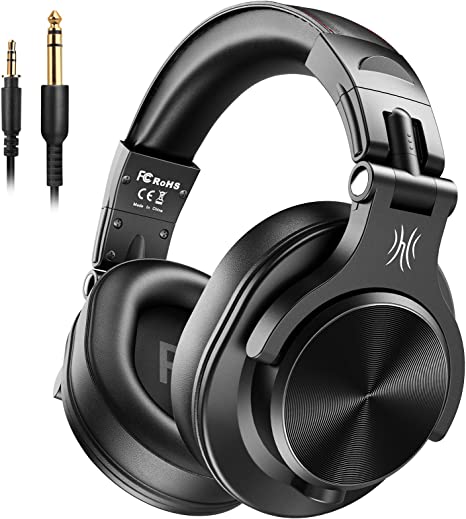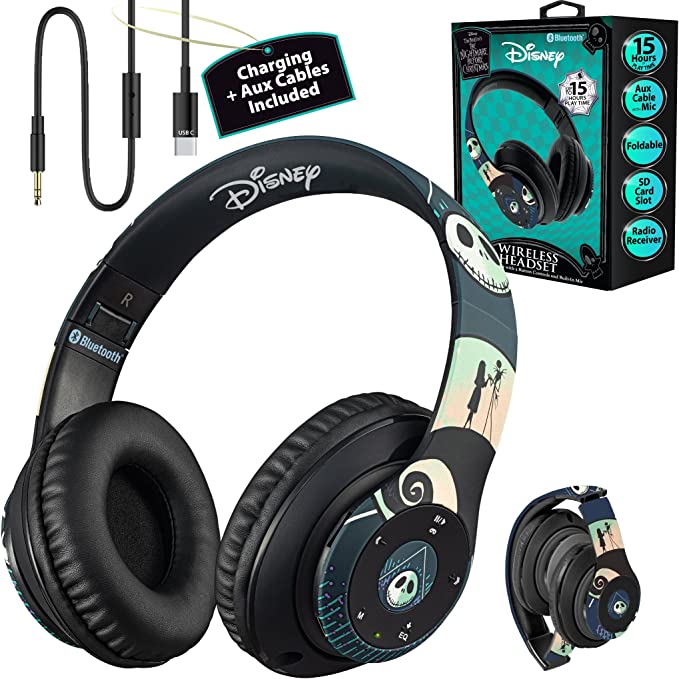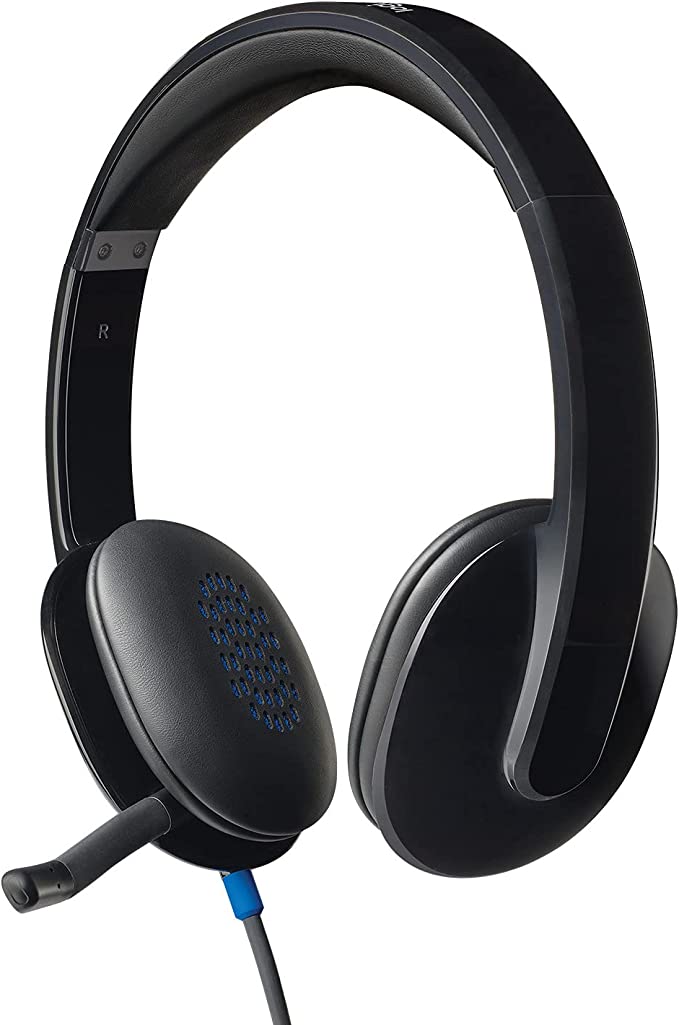The Physics of Clarity: Deconstructing Quad-Mic Beamforming and Energy Density in TWS Audio
Update on Nov. 22, 2025, 5:08 p.m.
In the modern digital ecosystem, True Wireless Stereo (TWS) earbuds have evolved from simple playback devices into sophisticated communication terminals. As remote work and mobile connectivity become ubiquitous, the primary engineering challenge has shifted from merely “producing sound” to “managing sound”—specifically, isolating the human voice from the chaotic acoustic environment.
This shift necessitates a deeper look at the underlying technologies driving this evolution. The MIFA X181 Wireless Earbuds provide an instructive case study in how advanced signal processing and energy management, once the domain of premium enterprise headsets, are being democratized in consumer audio. By examining its quad-microphone array and power architecture, we can decode the physics of clarity and autonomy.

Signal Processing: The Logic of Quad-Mic Beamforming
The standout feature of the X181 is its Environmental Noise Cancellation (ENC) system, powered by a 4-microphone array (two per earbud). To understand how this works, we must distinguish it from Active Noise Cancellation (ANC). While ANC focuses on what you hear, ENC focuses on what the person on the other end hears.
The engineering principle at play is Beamforming.
1. Spatial Filtering: The microphones are strategically positioned to detect the time difference of arrival (TDOA) of sound waves. The primary mic locks onto the user’s voice (the signal), while the secondary mic captures ambient noise (the interference).
2. Phase Cancellation: The internal Digital Signal Processor (DSP) analyzes these inputs. By inverting the phase of the background noise captured by the secondary mic, the system can mathematically subtract it from the primary signal.
3. The Result: This algorithmic process creates a virtual “cone of silence” around the user’s mouth. It allows clear voice transmission even in environments with high decibel ambient noise, such as busy streets or open-plan offices.

Thermodynamics of Autonomy: Achieving 60 Hours of Playtime
Battery life in TWS devices is a battle against volume. How do you squeeze extended runtime into a chassis weighing only a few grams? The X181’s claimed 60-hour total playtime is a testament to advancements in both battery chemistry and chip efficiency.
- Energy Density: Modern TWS earbuds utilize Lithium-Ion button cells with high volumetric energy density. This allows for a substantial charge capacity (providing 5 hours of continuous use per bud) without adding bulk.
- Power Management: The charging case acts as a portable power bank. The key to the 60-hour figure lies in the efficiency of the power transfer efficiency and the low quiescent current of the Bluetooth 5.0 chipset. Bluetooth 5.0 Low Energy (LE) protocols significantly reduce power consumption during standby and transmission, ensuring that energy is spent on audio processing rather than signal maintenance.
- Thermal Regulation: The USB-C fast charging capability (1.2 hours to full charge) indicates a robust thermal management system capable of handling higher current inputs without degrading battery health over time.

Material Engineering: The IPX7 Hydrostatic Standard
Water resistance in electronics is defined by the Ingress Protection (IP) code. The X181 achieves an IPX7 rating, which is a significant engineering milestone for an open-port device.
IPX7 denotes the ability to withstand immersion in water up to 1 meter depth for 30 minutes. This requires more than just tight glue. It involves:
* Hydrophobic Mesh: The microphone and driver ports are typically covered with specialized acoustic mesh that repels water molecules while allowing air (sound) to pass through.
* Internal Sealing: Conformal coatings on the PCB protect sensitive circuitry from moisture corrosion and short circuits.
This level of protection transforms the device from a fragile accessory into a rugged tool suitable for high-intensity sports and adverse weather conditions.

Electro-Acoustics: The 10mm Dynamic Driver
At the core of the audio experience is the transducer. The X181 employs a 10mm full-range dynamic driver. In the physics of sound, diaphragm size matters. A 10mm diaphragm offers a larger surface area compared to the standard 6mm drivers often found in budget buds.
- Air Displacement: The larger surface area allows for greater air displacement, which is directly proportional to bass response (low-frequency reproduction). This enables the “deep bass” signature without requiring artificial digital boosting that can distort the sound.
- Transient Response: Balancing a large diaphragm requires a precise voice coil to maintain control. The “professional earpiece design” mentions balancing internal and external air pressure. This venting is critical for preventing driver flex and ensuring that the diaphragm can reset quickly after a bass impulse, preserving the clarity of the “gentle mid and powerful treble.”

Conclusion: The Democratization of Pro-Audio Tech
The MIFA X181 illustrates a broader trend in the consumer electronics industry: the commoditization of professional-grade technology. Features like Quad-Mic Beamforming, IPX7 waterproofing, and high-density battery architectures are no longer exclusive to flagship models. By mastering these engineering principles, manufacturers are enabling a new tier of devices that serve as reliable, high-fidelity communication tools for the mass market. For the consumer, understanding these underlying technologies is the key to distinguishing between marketing hype and genuine engineering value.
